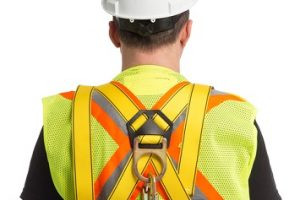A Birmingham-based structural framing company is facing proposed OSHA fines of $102,669 following an inspection. The agency launched its inspection in July as part of a regional emphasis program to limit falls in construction.

OSHA personnel found workers were wearing fall protection harnesses, but were not tied off to prevent a fall. In response, OSHA issued one willful and two serious citations. Area director William Fulcher in Atlanta said the contractor knowingly allowed framers to work on the roof without fall protection.
According to OSHA, which has been bearing down hard on this hazard for the past several years, falls are the leading cause of death in the construction industry. The agency recommends a 3-pronged employer strategy for prevention.
1. Plan ahead to get the job done safely.
When working from heights, employers must plan projects to ensure that the work is done safely. Begin by deciding how the job will be done, what tasks are involved, and what safety equipment may be needed to complete each task.
When estimating costs, be sure to include safety equipment, and plan to have all the necessary equipment and tools available at the construction site. For example, on a roofing job, anticipate all of the different fall hazards, such as holes or skylights and leading edges, then plan and select fall protection suitable to that work, such as personal fall arrest systems (PFAS).
2. Provide the right equipment.
Workers six feet or more above lower levels are at risk for serious injury or death if they should fall. To protect them, employers must provide fall protection and the right equipment for the job, including appropriate ladders, scaffolds, and safety gear. For roof work, provide a harness for each worker who needs to tie off to the anchor. Make sure the gear fits, and regularly inspect it for safe use.
3. Train everyone to use the equipment safely.
Every worker should be trained on proper set-up and safe use of equipment they use on the job. Employers must train workers in recognizing hazards.
